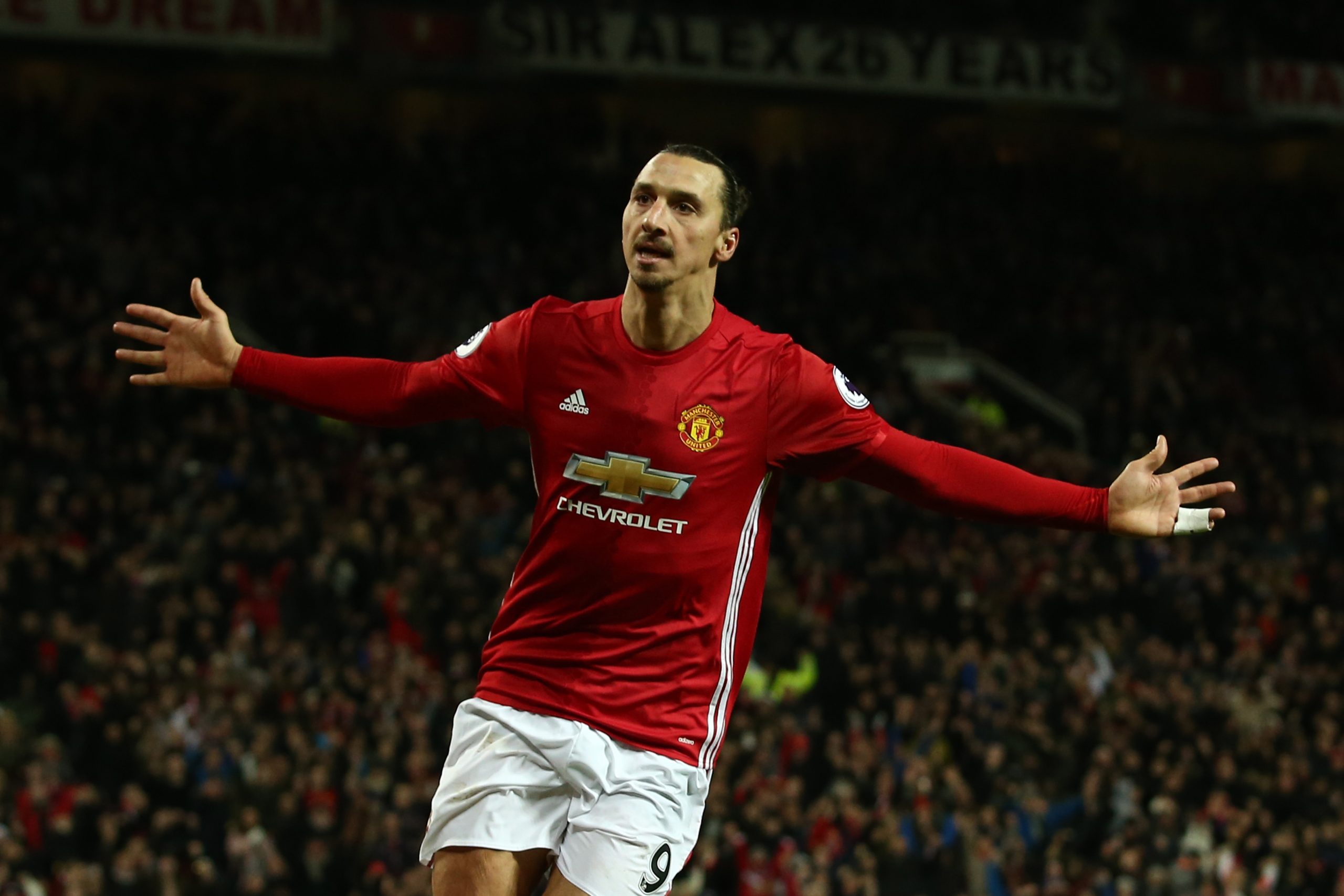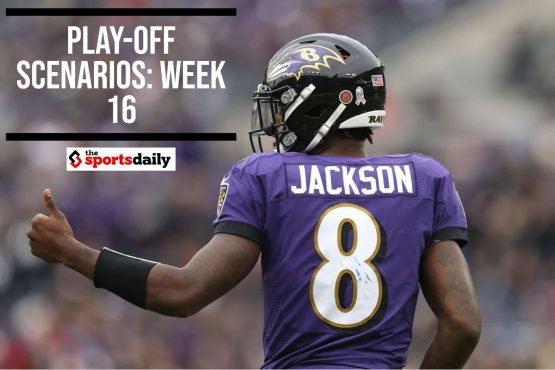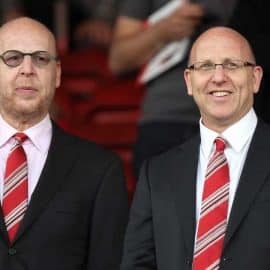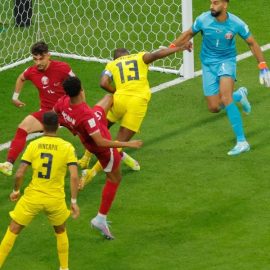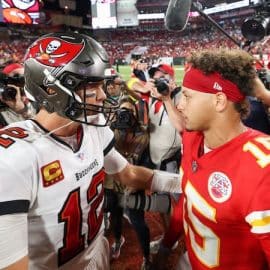You can ask any Brit what Manchester is well known for, and you’ll get the same answer: music and football. Be that as it may, while melodic tastes have moved from the famous rockers to pop-stars and past, Manchester United has kept its armies of given fans a seemingly endless amount of time after year. Since the team’s establishment in 1878, the club and its arena share a long and sensational history that is seen the same number of highs and lows as a FA Cup last.
Old Trafford first opened its entryways on nineteenth February, 1910. The new arena was authorized after Manchester United’s new executive chose that their current unassuming grounds on Bank Street weren’t appropriate for a group that had as of late won both the First Division and FA Cup.
Scottish designer Archibald Leitch was expedited board to plan Old Trafford. According to worldstadia – one of Britain’s top football planners, somewhere in the range of 1899 and 1939 he was in charge of more than 20 arenas, including Stamford Bridge, Arsenal and Celtic.
Following quite a few years of progress, which included pulling in a record-breaking swarm in 1939 for a FA semi-last match, World War II put the brakes on Old Trafford’s climb. The arena’s nearness to Trafford Park Industrial Estate made it an objective amid the air assaults. The harm was extensive to the point that it took eight years to completely revamp the arena.
Old Trafford may be Man U’s home, however they’re not above welcoming in the infrequent global visitor. The arena was one of the scenes for the incredible 1966 World Cup, facilitating three gathering matches. At the point when the 2012 Olympics landed in the UK, Old Trafford left a mark on the world by facilitating its first ladies’ universal football matches, alongside a few men’s competition diversions.
Old Trafford praised its century on 19 February 2010. There are a lot of bows to history at Old Trafford. The old passage, the main residual piece of the first arena, has been renamed the Munich burrow, as a dedication for the 50th commemoration of the 1958 Munich air calamity. There is likewise a plaque devoted to the casualties of the Munich catastrophe on the South end of the East Stand, while the clubs well known Munich clock is additionally given an unmistakable spot.
There are three statues outside Old Trafford, the first being of Sir Matt Busby the second, a statue of George Best, Dennis Law and Bobby Charlton entitled ‘the United Trinity’, while the latest is a nine foot statue of Sir Alex Ferguson introduced on 23 November 2012.
Old Trafford stays one of Manchester’s top attractions, and offers day by day guided visits around the grounds. You can end your visit with an outing to the arena’s own Manchester United Museum, to adapt significantly progressively about the intriguing history of this suffering club.
Add The Sports Daily to your Google News Feed!
